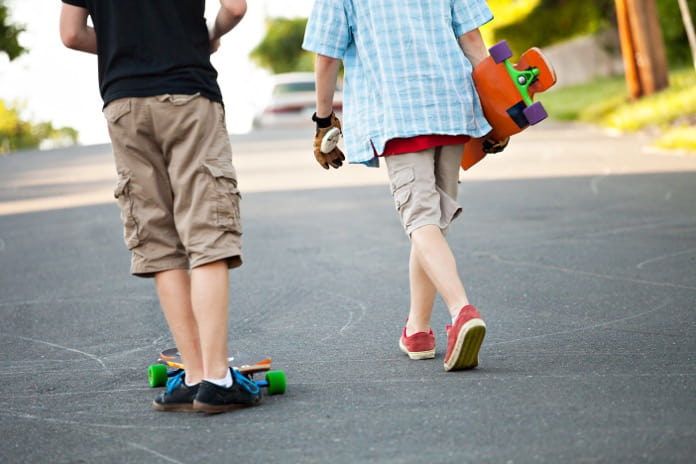Researchers investigated how overweight and obese adolescents viewed physical activity to gain more insight into how to promote active lifestyles.
The increase in obesity in adolescence has become a serious public health concern.
Adolescents with a high body mass index (BMI) have a higher chance of carrying obesity into their adulthood, increasing their likelihood of life-long diseases that can shorten their lifespan.
Obese adolescents tend to engage less in physical activity, which is a pattern that often continues into adulthood.
Addressing obesity in adolescence is important, as adolescence is a crucial time for development, both physically and mentally, with lasting impacts throughout an individual’s life.
Researchers in Norway recently published a study in BMC Public Health on how obese and overweight adolescents view physical activity.
Previous attempts to increase physical activity in these individuals showed low levels of success and high dropouts.
Therefore, the researchers wanted to provide a better understanding of the motivating factors behind physical activity. Understanding these motivating factors could shed light on the development of better interventional strategies.
The Young & Active Program
A previous study suggested that using the Internet might be an effective way to change adolescent behavior.
Thus, the researchers developed a web-based intervention program called Young & Active.
The Young & Active program was based on the Self-Determination Theory (SDT) and Motivational Interviewing (MI).
The self-determination theory proposes that engaging in physical activity and maintaining this behavior depends on three key factors: intrinsic (natural) motivation, competence, and relatedness.
Motivational interviewing promoted counseling-style feedback that looked to strengthen an individual’s natural motivation through empathy, support, and affirmations.
The researchers chose 21 adolescents, 13-14 years old, with a BMI of 25kg/m2 and higher.
In addition to the Young & Active program, the researchers conducted two interviews nine months apart, between the years 2013 and 2014.
Obese adolescents preferred sports that emphasized fun
Many of the obese adolescents thought that they had poorer health than their normal BMI friends, and were concerned about their own future health.
The adolescents understood physical activity as structured, organized activities, such as school sports or physical education classes.
They did not recognize everyday activities, like walking or biking to school to be an important part of active living.
They saw physical activity as a means to achieving good health and attractive bodies. The three key motivating factors for staying physically active were being good at the activity or sport, being able to foster friends, and having fun.
They preferred sports that emphasized the fun.
Socioeconomic and environmental factors influence physical activity
Socio-economic and environmental factors also influenced physical activity. Those from a poor background or with limited access to sports amenities had lower physical activity.
Weather also played a motivational factor.
Cloudier and colder weather discouraged the students from participating in physical activities. It was also interesting to see the gender differences in viewing physical activity.
Boys tended to focus on gaining muscle mass, whereas the girls emphasized the social aspect.
Although the study had a small sample size, the data gained from this study was comprehensive, and the results can be applied to clinical practice.
More studies are needed to confirm if the motivational factors for physical activity are applicable to the general adolescent population.
However, these results provide an important insight into the understanding and experiences of physical activity for overweight and obese adolescents.
Results can support the development of physically engaging school programs
The results from this study may contribute to the development of physically engaging school programs.
It emphasizes the need to analyze how organized sports for adolescents are structured and managed, and how they can be changed to motivate the obese adolescent population.
Ideally, this would also include supporting the adolescent’s self-esteem.
Offering diverse physical activities, affordable programs, and inclusive environments focused on fun can help the adolescent population stay physically active.
Written by Alena Kim, HBSc
Reference: Sundar, TKB., Løndal, K., Lagerløv, P., Galvin, K., & Helseth, S. (2018). Overweight adolescents ’ views on physical activity – experiences of participants in an internet-based intervention : a qualitative study. BMC Public Health, 18(448), 1–10. doi:https://doi.org/10.1186/s12889-018-5324-x



